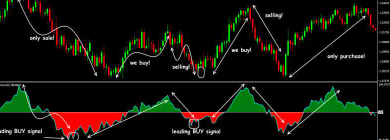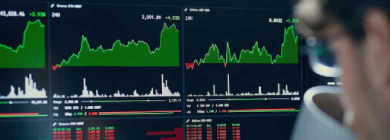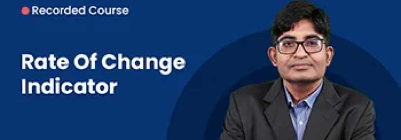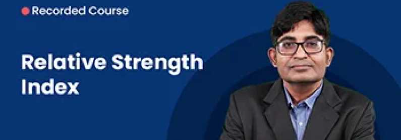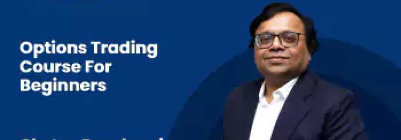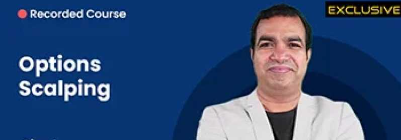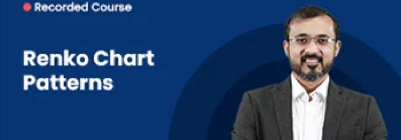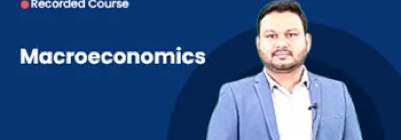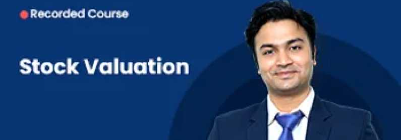Rural consumers were also happy, as they could now try quality products used by their urban counterparts, but at a fraction of the cost. It was a win-win situation for all stakeholders—until it became a problem.
According to a report, 855 billion sachets are sold every year. This translates to approximately 100 sachets produced annually for every person on the planet. If placed, the number of bags produced each year would be enough to cover the entire surface of the earth. Just imagine our planet is covered in bags.
But what does this have to do with protecting capital markets and options traders, you may ask? Well, futures and options (F&O) trading started out that way—a product in the capital market meant only for the elite. F&O trading was introduced in India in 2000 as an alternative to the then prevailing badla system, which was opaque and frequently abused by brokers and exchanges.
Instead system participants, mostly High Net Worth Individuals (HNIs) and speculators with high risk appetite, shifted to the F&O market. Since its introduction, the F&O market has undergone four major changes, significantly changing its dynamics.
The first change occurred during the roaring bull market of 2004-07. This was the first time since the introduction of F&O that ordinary retail investors started trading F&O and discovered the power of leverage.
Another major change came in 2015, when market regulator, Securities and Exchange Board of India (SEBI) raised the minimum contract value for equity derivative contracts to Rs. 5 lakhs. Prior to this, most of the activity was focused on the futures market. But increasing lot sizes and margins in the futures market created entry barriers, causing retail investors to dive into the options market.
With tremendous participation and success, the third major change took place in 2016 when the National Stock Exchange (NSE) introduced weekly options expiry for the Bank Nifty. This was followed in 2019 by the introduction of weekly expiry for Nifty, its flagship index. Traders preferred weekly expirations and eventually, one expiration for each day of the week.
The fourth and final shift was due to COVID-19. During the lockdown, with people stuck at home and limited activities, many new investors started venturing into the options market. Factors such as user-friendly trading platforms, lower transaction costs and increased awareness have led to a sharp increase in options turnover. This resulted in the NSE becoming the world’s largest derivatives exchange, a position it has maintained since 2019.
But the problem started here. Until the second major shift in 2015, new participants typically entered the equity cash market first and, after gaining experience, graduated to the F&O market.
However, the above factors led to a situation where new entrants were jumping straight into the options market, especially post-Covid. Options turnover increased and losses incurred by retail participants also increased.
According to a recent Sebi report, the number of participants in the F&O market has almost doubled from 51 lakh in FY22 to 96 lakh in FY24. Individuals’ net loss in F&O segment in FY22 was Rs. 40,824 crore in FY24 to Rs. 74,812 crores. In the F&O segment in FY24, on an average each retail person spent Rs. 87,000 were lost.
Options are a complex derivative product, and their payoffs are not linear like futures or cash markets. Adding to this complexity, zero day to expiration (0DTE) contracts—expiring on the same day—attracted many false investors with the promise of huge profits in a single day.
The regulator has noticed the mounting losses and wants to stop them. Sebi has released a consultation paper and measures like increasing lot size and margin may be implemented as early as October 2024.
These measures may prevent individuals from participating directly in the options market. But how will these traders satisfy their need for high returns?
This is where the new asset class (NAC) comes into the picture. Sebi introduced the NAC proposal, which falls between two ends: small-ticket mutual funds (MFs) and high-ticket portfolio management schemes (PMSs), in July 2024. Although this proposal has received little attention, I believe that NAC may be. A panacea to protect options traders.
MFs are low cost vehicles priced between Rs. Allows investment as small as 500. However, the average return offered by mutual funds as an asset class is relatively low. On the other hand, PMS offers much higher returns, but their minimum ticket size is Rs. 50 lakh is a stumbling block for many people.
NAC will fill this void between MFs and PMS. It offers higher risk investors Rs. Will offer a regulated investment product with a ticket size of 10 lakhs, while providing a higher return profile than mutual funds.
NAC can take both long and short exposure to the derivatives market and offers long-short strategies that perform well in rising and falling markets. It may also offer an inverse ETF, where the NAV rises as the market falls.
This product has been tested and is running successfully in international markets like USA and Australia. In the USA, these products are regulated by the Securities and Exchange Commission (SEC) and are known as “hedge fund lite” or “liquid alternatives”. These funds use strategies similar to hedge funds but are available to a wider range of investors, offering more liquidity than traditional hedge funds. They are designed to be more accessible, with minimum investment requirements ranging from USD 1,000 (₹84,000) to USD 10,000 (₹8,40,000), depending on the fund’s management and objectives.
In Australia, the Australian Securities and Investments Commission (ASIC) allows investors to be offered as inverse funds, also known as bear funds. These are specialized investment vehicles designed to profit from declines in the value of an underlying benchmark or asset class. These funds use derivatives such as futures and swaps to achieve their investment objectives, which provide investors with a way to hedge against market downturns or speculate on market declines.
NAC will not stop there. As they gain experience and confidence, they can introduce other strategies, including the use of complex derivatives such as options. It can act like a hedge fund but with a much smaller ticket size.
NACs could potentially do for derivatives trading what mutual funds did for investments.
It can democratize derivatives trading and make it accessible to the masses in a safe and guided environment – similar to a jungle safari, where tourists enjoy the beauty of wildlife with the protective shield of a canter and guide.
(The author is Head of Market Perspectives and Research at SAMCO Securities. Views are his own)
(You can now subscribe to our ETMarkets WhatsApp channel)







